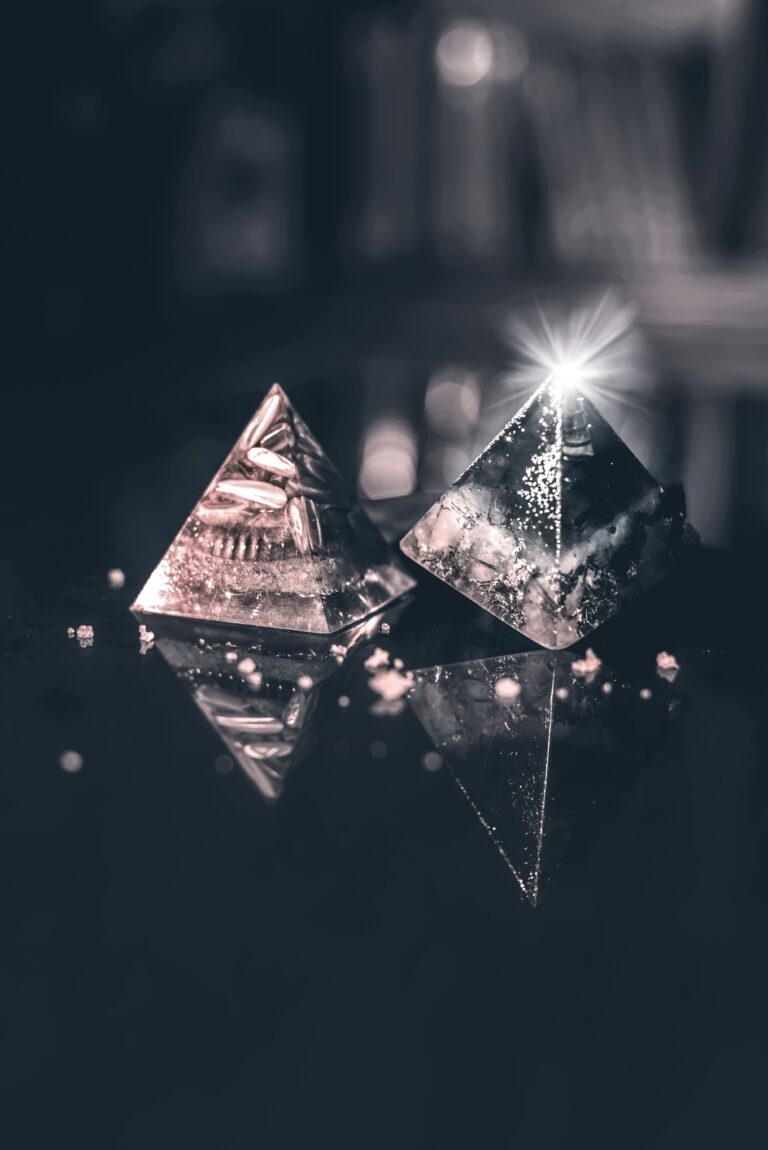
Introduction
India’s vast tapestry of folklore includes a wide range of supernatural beings, each reflecting deep-seated cultural beliefs and symbolic warnings. Among them, Pisachani holds a prominent place—often portrayed as a vengeful female spirit associated with untimely death, betrayal, or spiritual imbalance.
While Pisachani is sometimes confused with other figures like Chudail, Pret, or Bhut, she has a unique identity in Indian folklore, shaped by regional beliefs, oral traditions, and ritualistic practices. This article explores Pisachani’s origins, cultural context, legends, and the symbolic significance behind her enduring presence in Indian mythos.
Who is Pisachani?
Pisachani, derived from the Sanskrit root “Piśāca” (male spirit) and its feminine counterpart, is believed to be a restless female entity who has not attained liberation after death. Often characterized as malevolent, she is said to dwell in cremation grounds, abandoned places, or sacred groves, particularly in North and Eastern Indian traditions.
Key Characteristics:
- Often associated with sudden illness, possession, or misfortune.
- Believed to appear at night, especially during Amavasya (new moon) or after specific tantric rituals.
- Linked with unjust deaths—especially women who died during childbirth, were wronged in marriage, or faced societal injustice.
While folklore portrays her as frightening, some traditions depict her as a protector of sacred sites or a spirit that can be appeased or transformed through rituals.
Origins and Cultural Roots
The Pisachani’s origins lie in ancient Indian demonology and regional storytelling traditions. Her character has evolved over time, from a fearsome being to a symbol of unresolved trauma or injustice.
Scriptural Mentions:
- Puranic texts like the Bhagavata Purana and Garuda Purana refer to Pisachas (male and female) as beings of darkness, existing in liminal spaces and connected to Kali Yuga (the age of chaos).
- Tantric literature, particularly in Aghori and Shakta traditions, acknowledges such entities during cremation ground rituals as part of confronting mortality and fear.
☝️ Note: Pisachani is not a deity but a spirit figure rooted in folk belief systems rather than formal religious worship.
Folklore and Legends

A Tale from Bengal:
In parts of Bengal, villagers speak of a Pisachani who haunts a banyan tree near a river. She is believed to have died on her wedding night after being deceived by her in-laws. Her spirit, unable to rest, now lures men to the tree during moonless nights.
Himachal’s Forest Spirit:
In Himachal Pradesh, a Pisachani is said to guard forest trails, testing travelers. If disrespected, she brings bad luck; if honored (with offerings of rice or sindoor), she may protect the wanderer from wild animals.
These narratives, passed through oral storytelling, preserve local customs and spiritual warnings, blending fear with social commentary.
Symbolism and Cultural Significance
Pisachani legends often reflect societal anxieties—especially around women’s roles, death, and justice. Her presence in folklore can be interpreted as:
- 🔺 A symbol of injustice: representing women silenced by societal norms.
- 🔺 A cultural boundary marker: cautioning people to respect spiritual or sacred spaces.
- 🔺 A tool for social control: enforcing norms through fear (e.g., curfews for women, respect for elders or rituals).
In this light, Pisachani becomes more than a ghost—she is a narrative expression of trauma, cultural transition, and the thin veil between life and the afterlife.
Regional Variations
India’s diversity ensures that Pisachani takes on different forms and meanings across regions:
| Region | Variation or Name | Unique Traits |
|---|---|---|
| Bengal | Pisachani | Tree-dwelling, appears during rituals |
| Tamil Nadu | Pey (related spirit) | Possessing spirit, often warded off with neem or turmeric |
| Rajasthan | Chudail (similar role) | Haunts desert roads, seeks justice |
| Himachal | Forest Pisachani | Protective and punitive, tests travelers |
While names and behaviors differ, the core themes of injustice, spiritual imbalance, and liminality remain consistent.
Responsible Interpretation: Myth or Belief?
Pisachani stories are not meant to be read as literal truths but as cultural expressions of fear, grief, justice, and the supernatural. They serve to connect communities with their past, reinforce moral codes, and explain phenomena that lie beyond rational explanation.
Academic View:
Anthropologist G. Morris Carstairs and Indologist Kathleen Erndl have explored such spirits as projections of collective unconscious fears, often tied to marginalized individuals in society (especially women).
Conclusion
Pisachani stands as a haunting yet powerful figure in Indian folklore. Whether viewed as a cautionary tale, a symbol of injustice, or a supernatural guardian, she reflects the complex interplay of gender, death, and belief in Indian culture.
By examining such myths respectfully and thoughtfully, we gain insights not only into ancient traditions but also into contemporary societal fears and values.
About the Author
Sandeep is a cultural content researcher with a deep interest in Indian folklore, mythology, and spiritual traditions. He explores ancient narratives through the lens of anthropology, literature, and oral storytelling. This article is based on research from scholarly sources and documented cultural traditions.
References & Further Reading
- Kathleen Erndl, Victory to the Mother: The Hindu Goddess of Northwest India in Myth, Ritual, and Symbol
- David Gordon White, Tantra in Practice
- G. Morris Carstairs, The Twice-Born: A Study of a Community of High-Caste Hindus
- Oral storytelling traditions from Bengal, Himachal, and Tamil Nadu (documented in regional folklore archives)









